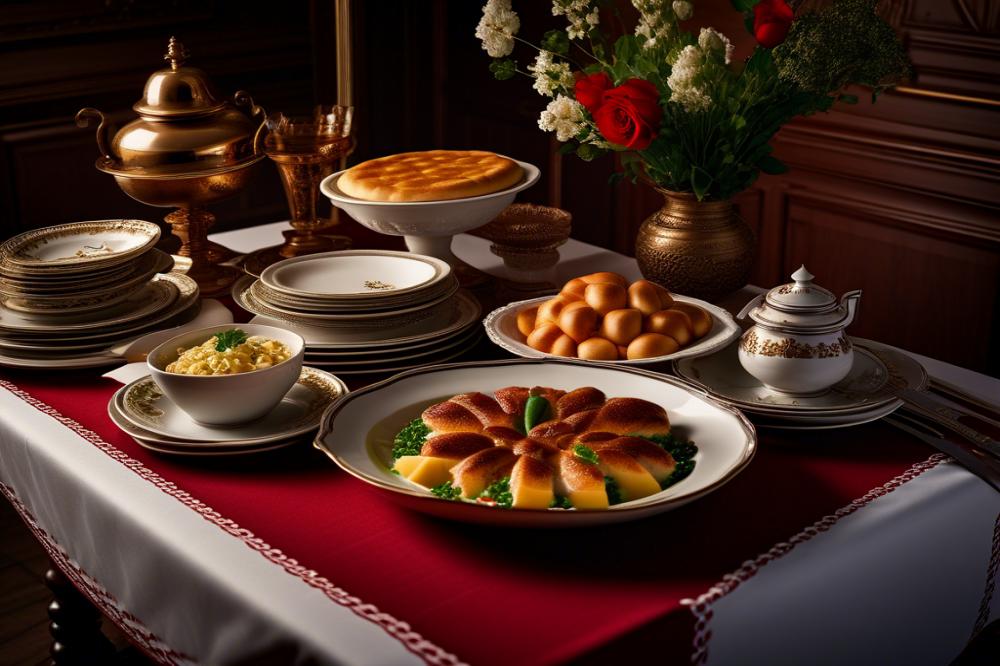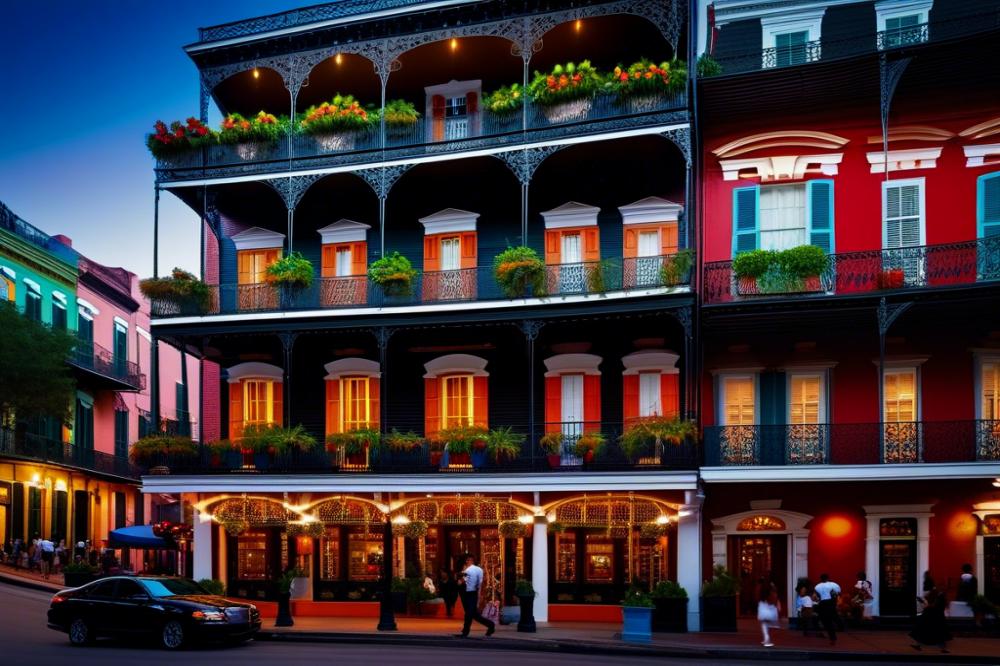Introduction
Poland has a rich culinary history that traces back to the lavish feasts of the Polish nobility. These royal meals showcase the nation’s varied flavors and exquisite ingredients. With a focus on gourmet cooking, this cuisine reflects the status and creativity of those who dined in grand halls centuries ago. historical dishes from this era not only tantalize the taste buds but also tell stories from Polish history, revealing the deep connections between food traditions and cultural identity.
A culinary revival is currently taking place, emphasizing the importance of preserving this gastronomic heritage. Many chefs and food enthusiasts are working hard to revive traditional recipes that have been forgotten over time. By rediscovering these old recipes, they are bringing a slice of the past back to life. This resurgence is significant not just for preserving these gourmet delights, but also for educating new generations about the richness of their culture.
In the context of culinary adventure holidays, experiencing Polish noble cuisine provides a unique opportunity. Travelers can taste flavors that were once the hallmark of extravagant celebrations. Savory dishes, aromatic spices, and heartfelt preparation combine to create a dining experience unlike any other. It is essential for food lovers to explore these revived recipes while appreciating the history behind each plate.
Through this movement, Poland connects its past with the present, creating a bridge between generations. Visitors can enjoy the flavors that define the nation’s identity, connecting with the legacy of its forebearers. As the world embraces traditional food more and more, observing and tasting this culinary heritage becomes a priority. Embracing these flavors ensures that the legacies of Polish noble dishes continue for many years to come.
Polish noble cuisine
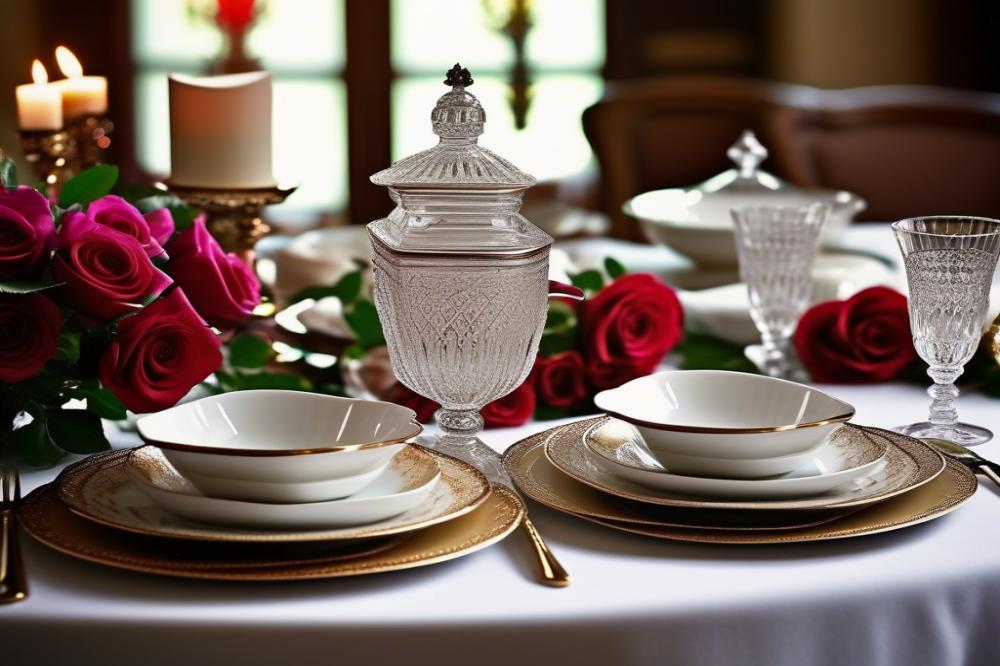
The culinary traditions of Polish nobility offer a glimpse into a distant yet fascinating past. This cuisine is characterized by its rich flavors, elaborate presentations, and historical dishes. Royal meals once served in grand palaces reveal the significance of food in social and political life. Seasonal gatherings welcomed an array of dishes that celebrated the bounty of nature, showcasing the vibrant tastes of the land.
Historical Polish recipes have stemmed from a blend of influences, each reflecting the complex tapestry of Polish history. These meals were not merely sustenance; they were a form of artistic expression. Ingredients varied by season, allowing nobles to create gourmet cooking that was both locally sourced and carefully crafted. As such, each dish tells a story, linking diners to the past while nourishing the present.
Noble tables would often feature game meats, fresh vegetables, and an assortment of grains. Each ingredient plays an important role in the food traditions of Poland. Many recipes were closely guarded family secrets, cherished as part of the country’s gastronomic heritage. Through these culinary creations, one can trace the evolution of Polish culture and taste.
The revival of such traditional recipes today serves as a cultural revival. Chefs are rediscovering these age-old flavors, often adapting them for a modern audience. The result is an exciting fusion of the past and present. By exploring the elegance of Polish noble cuisine, we celebrate a heritage that deserves to be remembered and enjoyed by new generations.
Historical Dishes of Polish Nobility
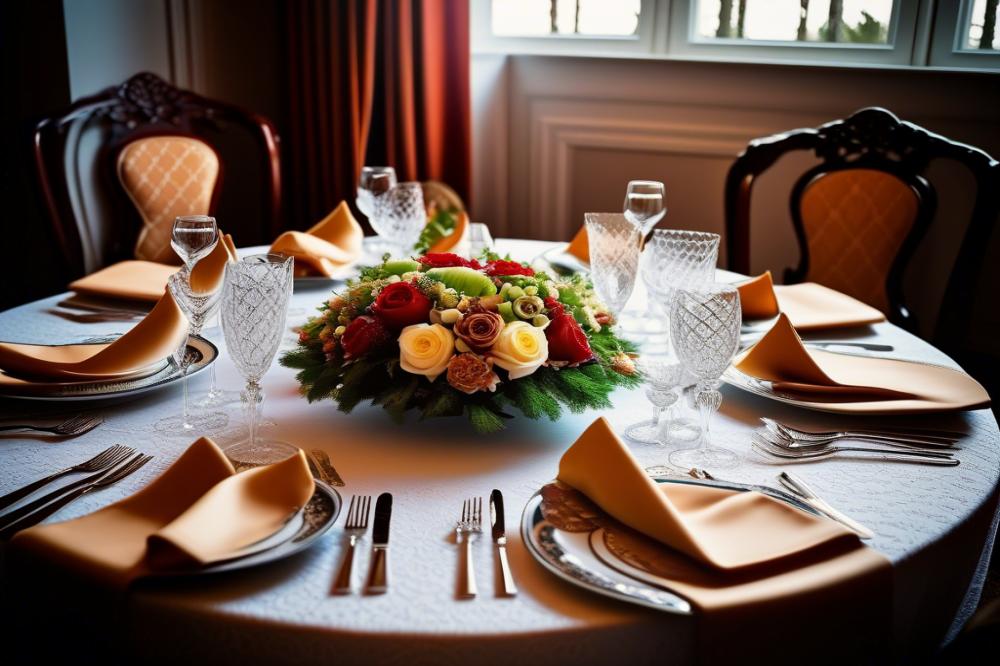
The tables of Polish noble households were once filled with an array of captivating dishes. Prominent among these were:
Śledź W Śmietanie (Herring in Cream)
This dish highlights the mixture of fresh herring topped with creamy sauce. Traditionally, it featured onions and apples, providing a balance of savory and sweet. Families served this meal during special occasions. Today, chefs revive it, keeping true to its original flavors while introducing modern twists.
Barszcz (Beet Soup)
Another essential part of noble feasts was barszcz. This vibrant beet soup often contained elements such as mushrooms and cabbage. Each serving was a celebration of color and taste. Nowadays, this cultural revival brings a new appreciation for this dish. Modern cooks strive to maintain the heartfelt recipes passed down through generations.
Pierogi (Dumplings)
Pierogi is perhaps one of the most beloved Polish dishes. Nobility initially prepared them with rich fillings like the finest meats or seasonal fruits. While pierogi can be found in countless forms today, the traditional recipes keep a special place in gourmet cooking. After all, these dumplings encapsulate not just flavors but also the essence of Polish history.
Sernik (Cheesecake)
Nobles enjoyed desserts, and sernik was a highlight among royal meals. This cheesecake brought together creamy cheese, flavors of vanilla, and a hint of citrus, often baked with a delicate crust. Presently, chefs emphasize the craft of crafting this dessert, inviting diners to savor its rich culinary heritage.
Kapusta (Braised Cabbage)
This dish showcased the simplicity and heartiness of Polish cuisine. Made with sauerkraut, various meats, and spices, kapusta was a staple on noble tables. Its ability to comfort and nourish speaks volumes about food traditions from the past. In recent years, this dish has resurged, echoing the values of the Polish nobility.
Each of these dishes represents more than just food; they tell stories. They reflect the values, social structures, and aspirations of the Polish nobility. The revival of traditional recipes connects today’s diners to their ancestors, fostering a deep appreciation for their gastronomic heritage. Just one taste can transport you back in time, allowing you to experience the elegance and traditions of a bygone era.
Culinary Heritage and Food Traditions
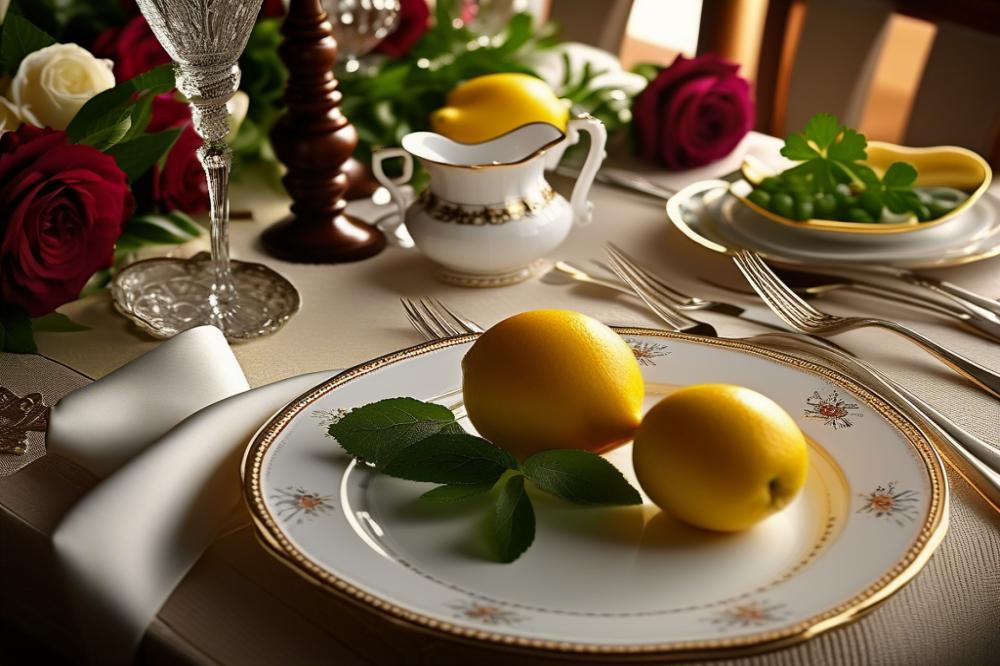
Poland boasts a rich gastronomic heritage that reflects its diverse history. Food traditions play a vital role in Polish culture, connecting generations through shared meals. Many dishes have roots in the royal meals of Polish nobility, showcasing the opulence of a bygone era. These meals were once exclusive but now invite everyone to participate in historical dining experiences.
Reviving historical dishes allows communities to reconnect with their past. As chefs rediscover traditional recipes, they bring back flavors that were almost forgotten. This revival contributes to a cultural awakening, as people take pride in their heritage. With each meal served, history comes alive. Friends and families gather to enjoy time-honored recipes, celebrating their shared identity.
Modern-day gourmet cooking often draws inspiration from these culinary traditions. Chefs experiment with old techniques, fusing them with contemporary styles. This blend creates dishes that honor tradition while appealing to modern palates. Attention to detail ensures that every plate tells a story. The artistry of presenting food reflects Poland’s vibrant history.
Historical cooking methods, such as slow roasting and pickling, still hold relevance today. These techniques not only enhance flavor but also remind us of the times they originated. Embracing these age-old practices allows for a deeper appreciation of culinary heritage. As one tastes these dishes, they also taste the history of Polish society.
Through the revival of noble dishes, the community experiences a meaningful cultural revival. Awareness of food traditions strengthens bonds among neighbors and friends. When a meal is enjoyed, it sparks conversations about the past. Celebrating these traditions ensures they are passed down to future generations. In this way, culinary heritage becomes an integral part of Polish identity.
It’s essential to explore the connection between food and history. Each dish has a tale to tell, one that chronicles Poland’s journey through hardship and triumph. As we savor each bite, we honor those who came before us. Embracing this legacy serves to enrich our understanding of who we are today.
Culinary Adventure Holidays in Poland
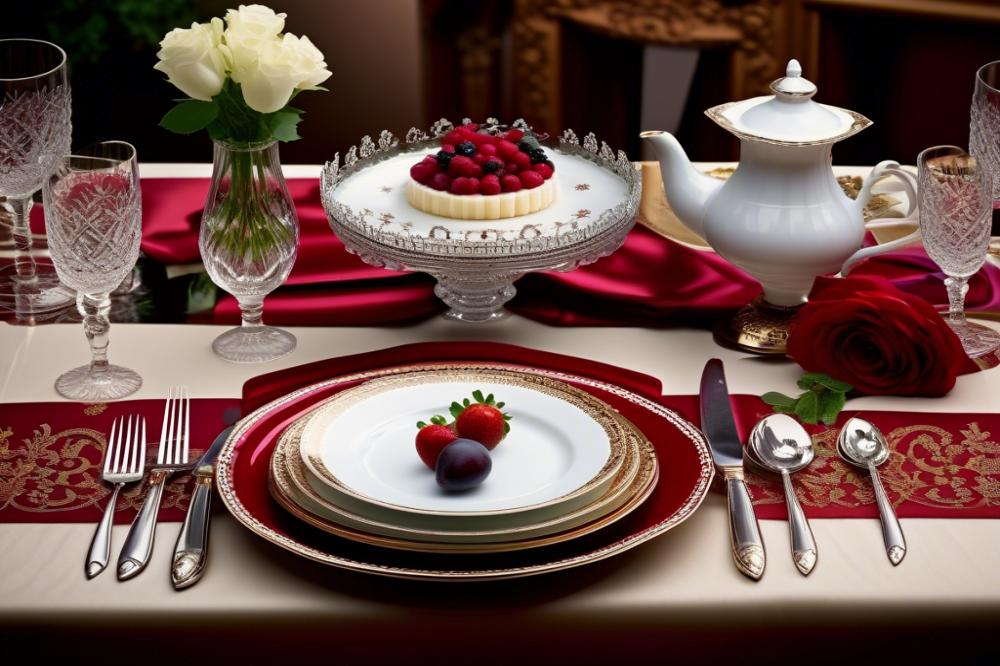
Culinary adventure holidays in Poland offer an exciting way to dive into the world of historical dishes. Participants can engage in cooking classes that reveal the secrets behind traditional recipes. Imagine learning to make dumplings or borscht, dishes once served at royal meals. These experiences are not just about cooking; they are about connecting to the rich tapestry of Polish history.
Food tours provide a sensory journey through the landscapes that shaped Polish nobility. Traveling through picturesque villages and vibrant cities, travelers will discover local markets filled with fresh ingredients. Taste the flavors that have been cherished for centuries while learning about the stories behind each dish. Each bite reveals a piece of the country’s gastronomic heritage.
Visiting historical sites adds depth to the culinary exploration. Landmarks associated with the Polish nobility paint a vivid picture of lifestyle from past eras. Picture feasting at a grand castle while a chef explains the significance of the meal in Polish culture. This cultural revival brings history alive through the lens of food traditions.
Local chefs and historians play crucial roles in guiding participants through their culinary journey. These experts share their passion and knowledge, enriching the experience. They craft dishes that reflect Poland’s culinary heritage, combining modern techniques with age-old flavors. The stories they tell connect the dots between past and present, enhancing the understanding of each meal.
Gourmet cooking takes center stage during these holidays. Participants learn not only to cook but also to appreciate the art of food presentation. Insights into specific ingredients unlock new levels of flavor. Every lesson is filled with practical tips that can be used long after the holiday ends.
A trip focused on Polish cuisine invites everyone to explore their palate. Adventurous eaters and casual food lovers alike will find something of interest. With each cooking class and food tour, participants build lasting memories. They return home with more than just skills; they carry an appreciation for a culture rich in flavors and history.
The Impact of the Revival on Contemporary Cuisine
The revival of noble dishes has transformed the landscape of modern Polish cooking. Chefs are now drawing inspiration from Poland’s rich gastronomic heritage. They play with historical recipes, adding a touch of innovation. This blending of old and new creates a fascinating culinary experience.
You might remember the traditional meals enjoyed by the Polish nobility. Some of these recipes have survived the test of time, while others are being reinterpreted. For example, a classic dish might be presented in a contemporary style, featuring modern plating techniques. This fresh approach excites both chefs and diners alike.
Gourmet cooking is embracing this cultural revival. Many establishments are bringing royal meals back to life, not just as a nod to history but as a way to innovate. Diners are curious about these dishes, craving connections to their heritage. Historical dishes now appear on modern menus, captivating those eager to explore Polish history through food.
Innovative techniques are changing the way these meals are prepared. For instance, sous-vide methods or molecular gastronomy can enhance flavors that were once thought lost. Chefs are experimenting with textures and presentations, elevating their culinary creations. This approach offers a new lens through which to enjoy food traditions.
Feedback from modern diners shows a positive reception toward these revived meals. Many people appreciate the opportunity to indulge in something deeply rooted in heritage. They find joy in tasting dishes that tell stories of Poland’s past. It sparks conversations at the table, enriching the dining experience.
In a way, this revival is a bridge between generations. Young chefs are learning from the wisdom of their predecessors. They aim to keep these culinary treasures alive while making them relevant today. As more people discover the richness of Polish noble cuisine, a new appreciation for the food culture emerges.
The future of Polish cooking looks promising. The blending of traditional recipes with innovative techniques paves the way for a broader gastronomic conversation. New flavors and ideas continue to evolve, ensuring that this cultural revival resonates with all who partake in it.
Embracing Culinary Heritage
Preserving gastronomic heritage is vital for connecting us to our roots. Polish noble cuisine offers a glimpse into a rich history filled with flavors and traditions. Each dish tells a story from the past, reflecting the culture and lifestyle of a time long gone. Exploring these historical dishes allows us to appreciate not just the food, but also the people and their customs.
Consider planning a culinary adventure holiday to delve deeper into this fascinating world. Traveling through Poland opens doors to tasting these time-honored recipes in their authentic environment. Enjoying local cuisine enhances the experience. You’ll find local chefs eager to share their knowledge and passion. They can teach you about the significance of each ingredient and dish.
Supporting the revival of these traditional recipes is crucial for future generations. Without preservation efforts, we risk losing these culinary treasures forever. By promoting understanding and appreciation of Polish noble cuisine, we help keep these flavors alive. Learn about the significance of each meal and share it with others. This shared connection can inspire new chefs to explore and reinterpret their heritage.
Let’s embark on this journey together. Explore, enjoy, and advocate for the revival of historical Polish dishes. There’s a unique adventure waiting, rich in taste and history.

